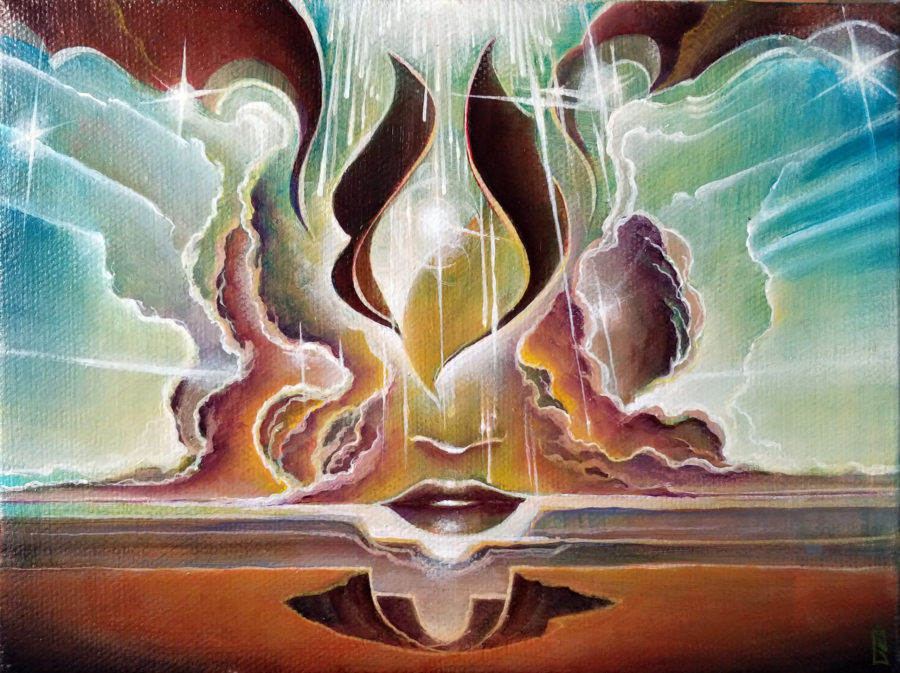
“It’s a tough time for the arts,” artists say.
You might think: O this means it’s hard to sell art these days.
Perhaps, on the one hand, this is true, markets being what they are. It’s always a challenge to sell big expensive paintings. The older one gets – and, presumably, the better – it’s challenging to feel amply rewarded for the efforts one puts into it.
But the bigger truth of it is this: in the United States (and probably much of the rest of the world) arts funding is continuously slashed. Art departments are whittled away. The value that a good art department in a school brings to a community of developing minds is undermined by whatever the newest reason is to slash the budget.
This has two deleterious effects. For one, we are left with a world where people don’t get to spend their time in creative non-linear pursuits. The arts have the effect of offering students a perspective on value (the outcome and its worth) and a kind of problem solving that isn’t available in other subjects. Students are taught a skewed world view where the arts are seen as frivolities – extras – in a landscape of math and science which purportedly leads to good jobs and good salaries.
The creative thinking and appreciation for artistic endeavors is relegated to the sidelines.
A culture that forgoes its arts becomes a lifeless one indeed.
Furthermore, when people give less and less time to even the barest creative act, the historical lineage is forgotten as well. History is more than just wars and regulations. It’s the creators. It’s the evolution of the human mind and heart. It’s the expression of that. Art is and always has been a vital part of that progress and the artists have been there from the beginning, taking notes on how it feels.
And so the sense of the arts and how they play into our lives loses meaning.
Yet, if we removed art from our worlds – all of it – then what are we left with? No TV shows or Tshirt designs or phone backgrounds. No image that exists solely to inspire us. No expressions that speak to our inner longings and the possibilities of the human spirit.
And therein, I think, is from whence comes the greatest art of any time period: the artworks that are made merely as expressions of the human spirit. It’s these pieces which inspire, enlighten, and enrich our worlds. They aren’t made because the artist felt they had to create another product to be sold but rather because they felt the inner drive to make and create.
I think it’s THAT spark that inspires people the most. When we have art educations, that spark is at least nurtured for a little while in every student who perhaps sees its mirror in the greater works of history.
As we cut funding in schools and continuously move towards an ever increasing frenetic pace to the output that is required of us, with soaring inflation and stagnated wages, we lose sight of what it means to make art and have it in our lives.
A painting I make might take 4 or 5 months. To really get an understanding of the scope of this that means that if I want to share a broader idea and build a collection of work that encompasses a broad range of feelings, I might have to spend 3 or 4 years (as I have been) on that body of work.
Who has time for that? Who can pay attention? Only a small slice of people, I think, who have already nurtured that focus in themselves.
If I, or any artist, spend too much time with thoughts like: What’s the investment return? What’s the hook that is going to enlist more clients? Where’s the part that monetizes itself into oblivion? When will I be done so I can get back to selling? And so on then I lose the real meat of the work which is that story of our human experience and it DOESN’T have to be about selling another product. It’s only about being human.